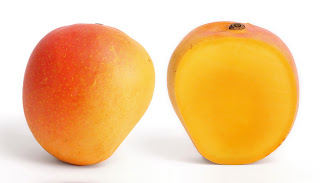Among my numerous hobbies I sometimes indulge in ‘caption’ writing. I look for interesting visuals from old magazines or books and then give them a suitable caption, the way I feel or see it. These captions are not always my original, few have been taken from Tagore’s song or poetry. I now have completed two albums of pictures with captions, here’s a smattering of the same. The captions are written in Bengali of course so my son suggested that I write the Bengali in phonetic so that anyone can read it and follow it up with English translation so that all of you may understand the meaning. Enjoy...
In Phonetic Bengali – He nithur manab – na na na na aaghat heno na ore
Hridoyer dhon oje, uhare rakhibo dhore
English translation – O cruel human – please don’t cut the tree down
It’s the treasure of my heart, I will hold on to it
In Phonetic Bengali – chutir bansi bajlo je oi neel gogone
Aami keno ekla boshe ei bijone
English translation – The yonder blue sky plays the flute of freedom
Why am I sitting alone in this silent horizon?
Phonetic Bengali – Golper jhuli loye thandidi chole
Hashi gane bhore dai jeeboner pole
English translation – Grandma goes with her bag full of stories
Filling every moment with smiles, songs and happiness
Phonetic Bengali – Darogababur koto je kaaj sharati din dhore
Betha tanhar shorbo onge, mathao betha kore
Ektu aayesh korata ki emoni oporadh
Jonogone to bojhe na ta shadhe kebol badh
English translation – Police chief does so much work whole day
His whole body aches and so does his brain
Is it a crime if he relaxes a bit between work?
People don’t understand that, interfering every now and then
Phonetic Bengali – ukil badir bodo chhele shaymakanto dhor
Ghore boshe behala bajay, tole shurer jhod
Posha meni bidalta tar mosto bodo bhokto
Shamne boshe table neeye bol bajay je shokto
Trahi trahi rob padate ghum nai karu chokhe
Beshur behala bondho hole banchbe sobhai shukhe
English translation – Advocate’s eldest son Shaymakanto Dhor
Strums his behala (an Indian stringed instrument) in his room, raising stormy tunes
His pet cat is his biggest fan
Accompanies him on tabla (a percussion instrument)
The neighbourhood cries for help as they can’t sleep at night
Everyone will live happily when the ill-tuned behala would stop




















 +
+



 minus
minus 






















